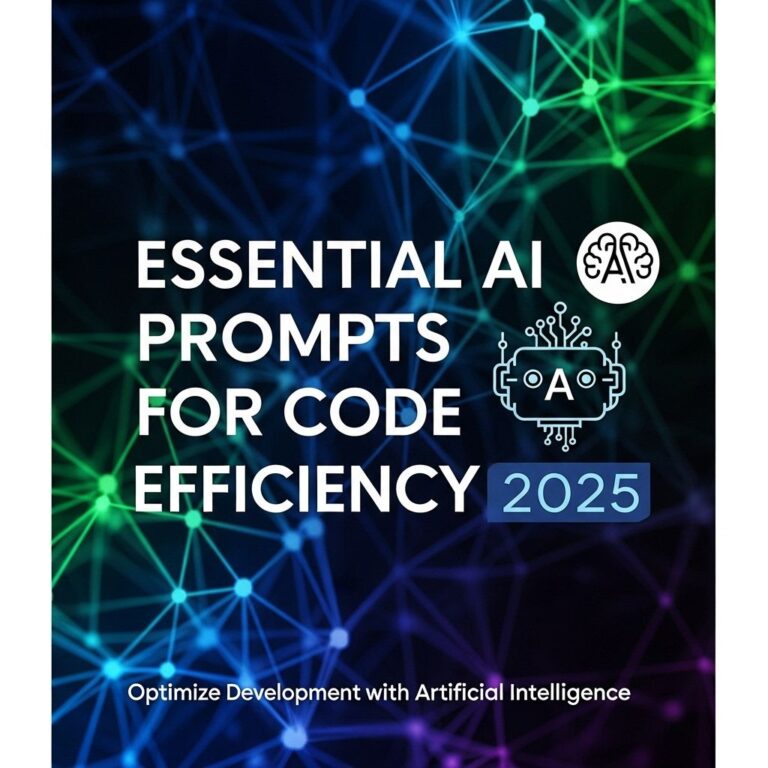The rapid evolution of artificial intelligence (AI) has transformed various sectors, enabling individuals and businesses to harness its capabilities without a hefty investment. AI tools are now more accessible than ever, offering free versions that can significantly enhance productivity, creativity, and decision-making processes. In this article, we will explore numerous free AI tools, their applications, and strategies to maximize their potential.
Table of Contents
Understanding AI Tools
AI tools leverage algorithms and data analysis to perform tasks that typically require human intelligence. These tools can process vast amounts of information, recognize patterns, and deliver insights that are beneficial in various contexts. Users can select from a wide range of AI tools based on specific needs, including:
- Data Analysis
- Content Creation
- Image and Video Recognition
- Natural Language Processing (NLP)
- Automation
Categories of Free AI Tools
1. Data Analysis Tools
Data analysis is a vital aspect of business intelligence and decision-making. Several free AI tools are available for data analysis:
| Tool | Features | Website |
|---|---|---|
| Google Data Studio | Interactive dashboards, data visualization, real-time collaboration | datastudio.google.com |
| Tableau Public | Data visualization, easy sharing of dashboards, community data repositories | public.tableau.com |
| KNIME | Open-source analytics platform, visual workflow, integration capabilities | knime.com |
2. Content Creation Tools
Content creation is essential for marketing and communication strategies. AI-powered tools can streamline writing and design processes:
- ChatGPT: An advanced language model that can generate human-like text, create content, and assist with writing tasks.
- Canva: A graphic design tool with AI features for creating stunning visuals, infographics, and presentations.
- Copy.ai: A writing assistant that helps with generating marketing copy, blog posts, and social media content.
3. Image and Video Recognition Tools
AI tools that specialize in image and video recognition can be invaluable for various applications:
- Google Cloud Vision: Offers capabilities for image analysis, object detection, and labeling through API integration.
- DeepAI: Provides image recognition and generation tools that can identify content within images.
- OpenCV: A computer vision library that allows developers to build image processing applications.
Benefits of Using Free AI Tools
Using free AI tools can offer numerous advantages, including:
- Cost Savings: Accessing powerful AI capabilities without financial investment.
- Flexibility: Many free tools provide extensive options and functionalities suitable for various projects.
- Continuous Improvement: Developers frequently update free tools based on user feedback, enhancing their capabilities.
Strategies for Maximizing the Use of AI Tools
To fully leverage the potential of free AI tools, users should consider the following strategies:
1. Identify Specific Needs
Before diving into the vast array of AI tools available, it is crucial to define specific objectives. Understand the problem you aim to solve or the processes you want to improve. This clarity will guide you in selecting the most suitable tools.
2. Experiment with Multiple Tools
Many free AI tools offer limited features in their free versions. Don’t hesitate to experiment with various options to find which ones best suit your needs. Here are some steps to follow:
- Create test projects to evaluate different tools.
- Compare features, usability, and output quality.
- Seek user communities or forums for shared experiences and tips.
3. Stay Updated with Trends
The field of AI is continuously evolving. Staying informed about the latest tools, updates, and trends will help you adapt and optimize your workflows. Consider:
- Subscribing to newsletters from AI-related websites.
- Joining online communities on platforms like Reddit or LinkedIn.
- Participating in webinars and online workshops.
Challenges and Limitations
While free AI tools offer immense value, users should be aware of potential challenges:
- Limited Features: Free versions often have restricted functionalities compared to paid options.
- Data Privacy: Using free tools may result in concerns over data security and privacy, so always review the terms of use.
- Learning Curve: Some AI tools are complex and may require time to learn effectively.
Conclusion
Free AI tools present an opportunity to harness the power of artificial intelligence without incurring costs. By understanding the tools available, their applications, and effective usage strategies, individuals and businesses can leverage AI to enhance productivity, creativity, and decision-making capabilities. Embrace the tools that align with your projects, remain adaptable to changes, and tap into the vast potential of AI to stay ahead in an increasingly tech-driven world.
FAQ
What are some free AI tools I can use?
There are several free AI tools available, including Google Colab for machine learning, OpenAI’s GPT-3 Playground for natural language processing, and Canva for AI-driven design.
How can I access free AI tools?
Most free AI tools can be accessed online. You can visit their official websites or platforms like GitHub to find open-source AI tools and libraries.
Are there any limitations to using free AI tools?
Yes, free AI tools may have limitations such as reduced functionality, slower processing speeds, or restricted usage compared to their paid counterparts.
Can I use free AI tools for commercial projects?
It depends on the specific tool’s licensing agreement. Always check the terms of use to ensure you comply with any restrictions on commercial use.
How do I get started with using AI tools for free?
To get started, choose a specific AI tool that suits your needs, create an account if required, and explore tutorials or documentation to understand how to use it effectively.
Is there a community or support for free AI tools?
Yes, many free AI tools have active communities on platforms like GitHub, Reddit, or dedicated forums where users can share tips, ask questions, and collaborate.









